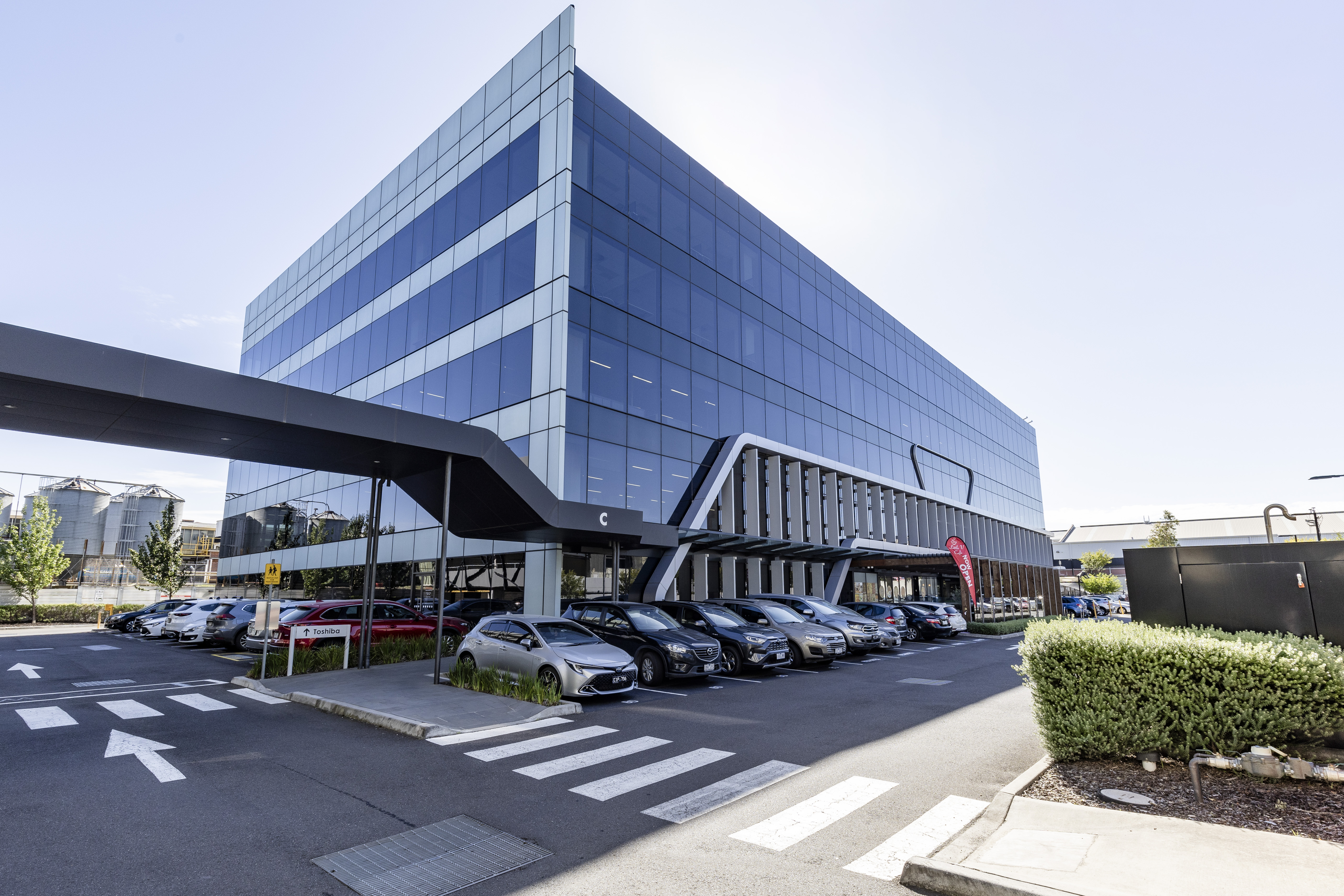Re-defining commercial real estate rules in a post pandemic world
Key trends for commercial real estate as an outcome of COVID: Robust creditworthiness of Grade A tenants came to the fore, most IT tenants renewed contracts. Introduction of new and flexible leasing models.
An unprecedented health crisis such as the COVID-19 pandemic has disrupted businesses the world over. The commercial real estate segment in India has been no exception. The segment that had witnessed continual growth with net absorption touching 46.5million sq ft in 2019, came to a grinding halt with the pandemic led lockdown.
Even as corporate organisations adapted to a work from home environment, data breach and privacy remained a concern on the one hand and employee wellness and safety protocols atmosphere goaded organisation on the other.
What has emerged as an outcome of the pandemic is an altered leasing landscape with two defined trends. Firstly, the robust creditworthiness of Grade A tenants has come to the fore, with most tenants belonging to the IT industry renewing contracts. The second and more pronounced trend is the introduction of new and flexible leasing models that landlords are willing to offer tenants of Grade B spaces, to help them cope with the current challenges.
The new norm is thus the rise in demand of co-working spaces, that are being re-invented in line with the expectation of corporates with capex constraints. As occupiers among medium-scale organisations remain undecided about long-term leases, developers are stepping up to meet occupier demands. As large co-working players move with agility, some consolidation in the space is inevitable.
In 2021, net absorption is likely to hover around 32-35 mn sq ft. This will be at par with the annual net absorption levels seen during 2016-2018.
New age CRE- Re-focussing on the conscious workplace
The pandemic that will have a long-term societal implication has altered workplace fundamentals that present a host of new opportunities for the commercial real estate segment. Though workplace transformation with technology, sustainability and collaboration at its core had begun a few years back, the pandemic has fast tracked the progress of the same.
With the primary concern of businesses being employee health and well-being innovation around design structures with employee wellness in mind and adoption of new technology is inevitable. As offices resume to its full-strength in the year ahead, maximising safety and wellness of employees will take precedence over operational issues for businesses across the board.
Going ahead, CRE investment will include advanced hardware such as contactless and voice-based equipment to ensure better efficiency and safety. Further, air quality and efficient air conditioning will remain top of mind to ensure safety and wellness of employees. Plans are already on the drawing board for organisations to use of existing data and AI models to ensure social distancing. These metrics will define business continuity planning for most organisations going ahead.
Overall, there is a clear shift towards a conscious workplace, the need for which has been highlighted by the pandemic. The lockdown has given organisations the time and space to rethink employee culture and led to the realisation that sustainability and inclusivity are key ingredients in the recipe of success.
Looking for more insights? Never miss an update.
The latest news, insights and opportunities from global commercial real estate markets straight to your inbox.
Inclusivity for instance, through induction of differently abled workforce and providing a safe atmosphere for them to function at par with their colleagues leads to higher performance and can help businesses achieve higher outcomes. The scope for developers is therefore to make infrastructure investments in workplaces to make them inclusive and accessible to all.
Similarly, the opportunity for zero carbon objectives through the real estate life cycle is huge. JLL research suggests that 40% of global CHG emissions is generated by the construction sector. With corporates making a conscious move towards environment, social and governance (ESG) a part of their evaluation metrics, use of sustainable materials in construction will be a priority for developers.
In conclusion, it is fair to say that the focus will shift to creating an experience for employees with safety, and wellness in mind even as co-working becomes a defining trend in office spaces. Elements such as data democratisation through efficient use of technology platforms and easy interface will play a significant role in modern workplaces.
Investment Opportunities
However, she expects real estate transaction volumes to rise 15 percent to 20 percent in 2021, driven by continued growth in appetite for assets with income stability such as logistics, data centers, and multifamily, as well as a pick-up in hotel, retail and office investments.
“The elephant in the room is the single parameter that affects all sectors: interest rates,” Lim says. “In a low returns, low interest rate environment that we are likely to be in for the next few years, uncertainty over growth will further accentuate the attractiveness of high yield, low growth assets.”
Contact Karan Singh Sodi
What’s your investment ambition?
Uncover opportunities and capital sources all over the world and discover how we can help you achieve your investment goals.




